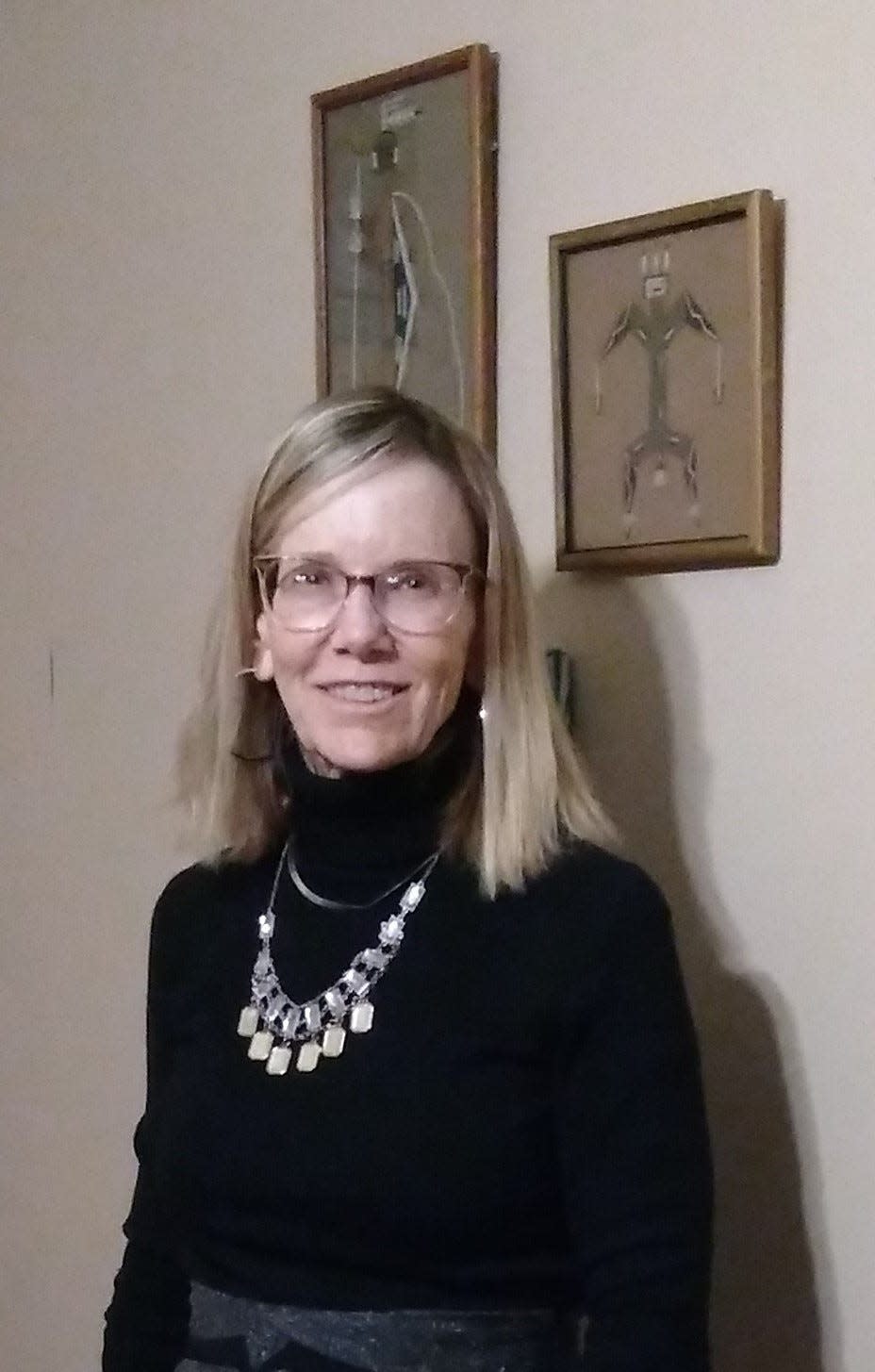Another view: Gratitude for our clergy
As we rejoice at the coming of the risen Lord, I am reflecting upon Barbara Brown Taylor’s extraordinary memoir, Leaving Church.
Despite being raised in a strict religious, church-going home (I even lived with Incarnate Word nuns in San Antonio my junior year in high school), I had no idea how difficult it is to be a member of the clergy.
I knew that the calling included the ability to bring God to a congregation in a fresh way, offer solace to those in need, rejoice together in happy times and find the perfect words of comfort for people who grieved.
Never could I imagine, though, the multitude of other tasks involved in the ministry, or the exhaustion of non-stop commitments. And it never occurred to me how lonely the job could be at times.
In her memoir, Barbara outlines her journey, describing herself as somewhat of “an ecclesiastical vagabond” in the early days, as she fervently searched for which religious ideology mirrored her heart’s and soul’s desire to serve God.

Barbara found the right path for her, and she found that one of the important lessons she learned as an Episcopalian priest early along is that it is not only fruitless, but also destructive to take things personally. A favorite bishop reminded her that “the people who love you don’t love you as much as you think they [do].”
She soldiered on for 20 years as a priest and rector at Grace-Calvary in the rural area of Clarkesville, Georgia, baptizing infants and grown-ups, presiding over marriages, taking prayer requests, laying to rest those who died and all other events and needs in between. She loved her job until it stopped loving her back.
She explained that since she had been “drawn to care for hurt things, [she] ended up with compassion fatigue.”
Shortly after she left the ministry, Barbara realized the loss of many of the perks of being a priest. Like so many women of a certain age, she became invisible. Without her collar, she was often ignored by service people who waited on men before her. Her identity was gone and she had yet to find a new one.
No longer a part of the clergy, she had forgotten that the life of faith is not always the same as life in the Church itself. With that, she reminds us that the word “liturgy” means “the work of the people.”
It took her about 6 months to experience an illumination of all things surrounding her: people, plants, animals, all of God’s creation.
To quote her realization, at least partially: “The whole purpose … it seems to me, that to convince people to set the written word in front of us, will help to become living words in the world for God’s sake.”
My guess is that some may disagree that finding God in Nature and in all of God’s creation is enough. I have no degree in theology and have limited understanding of religious practices outside my family, friends and my own spiritual path of six decades. I only know that, for me, a life without God is no life at all.
However, Barbara quotes Meister Eckhart: “The eye with which I look at God is the same eye with which God looks at me.”
Father John Foley, a theologian and Jesuit Priest who has contributed to liturgical music for decades, wrote my favorite hymn of all time.
The melody is beautiful, but the lyrics are what come to define my current resting place. I’m sure everyone knows the hymn, but I will end with the first verse here:
One bread, one body, one Lord of all One cup of blessing which we bless And we, though many, throughout the Earth We are one body in this one Lord
Our lives depend on that kind of regular sustenance in the form that shapes us, not just at Easter but through our everyday lives.
This article originally appeared on Amarillo Globe-News: Another view: Gratitude for our clergy

